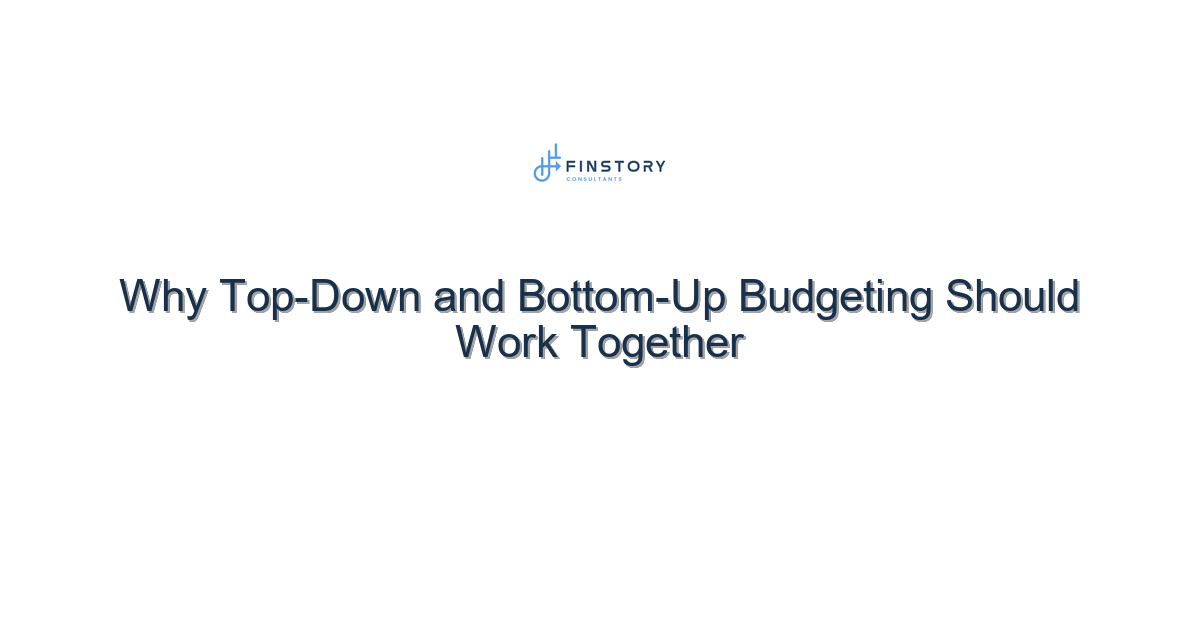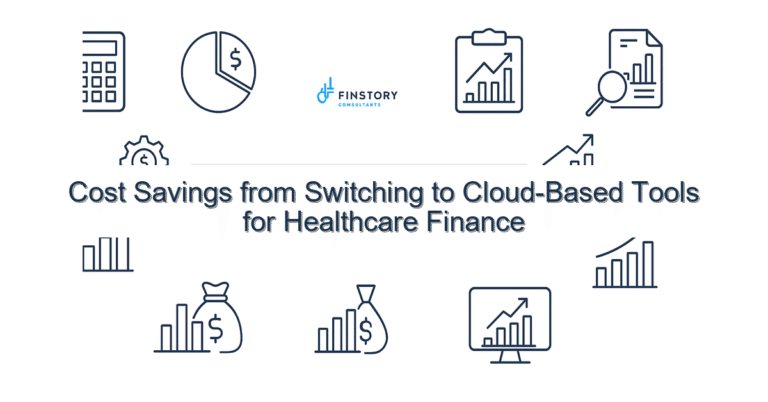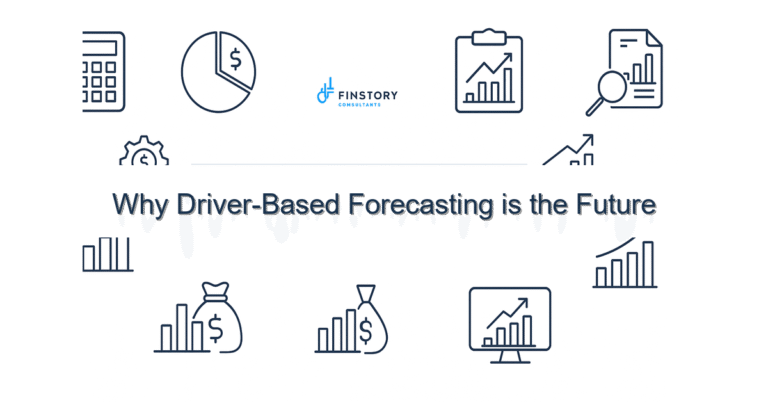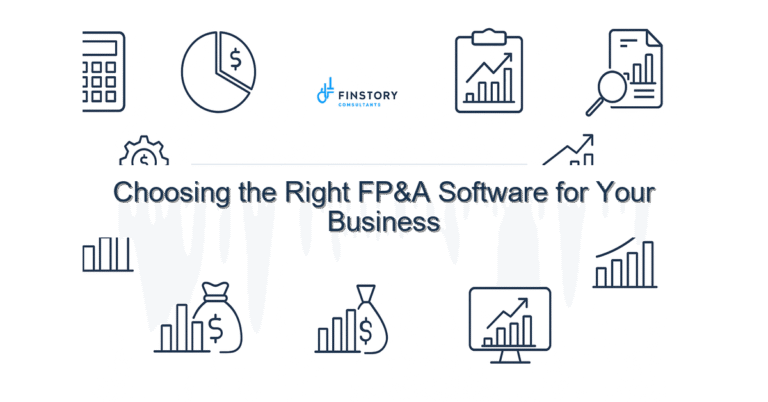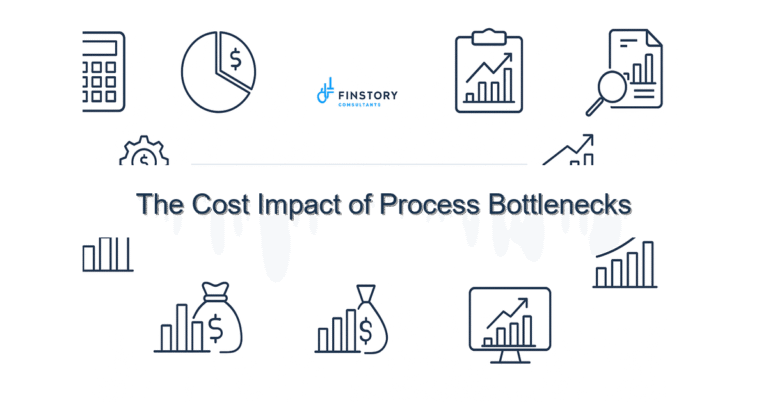Why Top-Down and Bottom-Up Budgeting Should Work Together
In today’s fast-paced healthcare landscape, effective budgeting is more critical than ever. The pressures of rising costs and evolving patient needs demand a more integrated approach. Merging top-down and bottom-up budgeting methods can provide clarity and foster collaboration, driving operational excellence.
TL;DR: Combining top-down and bottom-up budgeting strategies enhances financial accuracy and efficiency. This dual approach ensures alignment across departments and empowers frontline managers to contribute valuable insights.
What’s the real problem?
Many healthcare organizations struggle with budget management due to a lack of alignment between finance and operations. Often, these two realms work in silos, leading to missed opportunities and inefficient workflows.
- Missed financial targets due to disconnected budgeting processes.
- Slow approval cycles because of misunderstandings and miscommunications.
- Resistance from operational teams feeling excluded from the decision-making process.
What leaders get wrong
One common pitfall is assuming that top-down budgeting alone suffices. Leaders believe they have a comprehensive view, but often overlook critical insights from ground-level staff. Conversely, relying solely on a bottom-up approach can lead to unrealistic expectations based on departmental needs without aligning them with overall strategy.
A better approach
To bridge the gap, consider this unified framework:
- Set Organizational Goals: Define clear, overarching financial objectives that guide all departments.
- Engage Operations Early: Solicit input from department heads to understand their budgetary needs in the context of organizational goals.
- Consolidate Insights: Bring together data from both top-down and bottom-up perspectives to create a balanced budget proposal.
- Iterate and Adapt: Review the budget collaboratively and make adjustments based on real-time operational feedback.
- Monitor Performance: Use key metrics to ensure alignment and make data-driven adjustments throughout the year.
For example, a recent study at a large health system showed that incorporating operational input led to a 15% improvement in budget accuracy, aligning financial targets with departmental realities.
Implementation checklist
- Communicate the importance of integrated budgeting across all teams.
- Schedule cross-departmental workshops to discuss goals and gather insights.
- Utilize finance automation tools to streamline data collection and reporting.
- Set up a shared online platform for transparent budget updates.
- Provide training on using Power BI for real-time reporting and analysis.
- Encourage feedback loops to continuously improve the budgeting process.
What good looks like
- 90% accuracy in budget forecasts and adjustments.
- 20% reduction in budget cycle time—from formulation to approval.
- Increased departmental satisfaction scores regarding the budgeting process.
- 10% boost in ROI on departmental initiatives funded by aligned budgets.
Risks & how to de-risk
- Misalignment: Foster a culture of communication to ensure everyone is on the same page.
- Data Overload: Limit metrics to the most relevant KPIs to avoid confusion.
- Resistance to Change: Involve key stakeholders early in the process to gain buy-in.
Tools & data
Implementing finance automation tools and using Power BI for leadership reporting can significantly enhance your budgeting efforts. These technologies provide real-time insights and facilitate better decision-making, allowing leaders to focus on strategy rather than administrative tasks.
Next steps
Work with Finstory. If you want this done right—tailored to your operations—we’ll map the process, stand up the dashboards, and train your team. Let’s talk about your goals.
📞 Ready to take the next step?
Book a 20-min call with our experts and see how we can help your team move faster.
Prefer email or phone? Write to info@finstory.net
or call +91 44-45811170.
